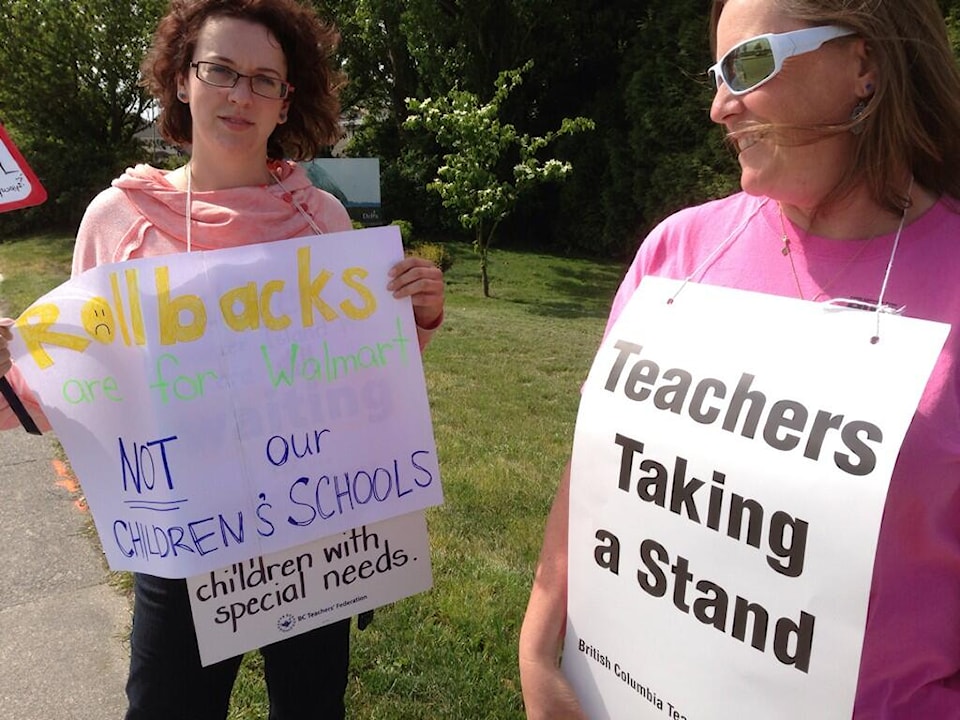There's been a lot of whining about strikes in the last few... well, years really. Teachers' strike, truckers' strike, bus drivers' strike, civic workers' strike, even tug boat crews can go on strike.
And then the complaining.
Oh, the rending of the clothing and the sobbing is heard far and wide! The inconvenience of it all! The terrible, terrible inconvenience!
Yes, of course it's annoying. Of course it's disruptive. It is meant to be disruptive! But in a mild and entirely dull way.
Have you considered the alternative to disruption, screwed up schedules, extra expenses, lost profits, lost wages? Do you know what strikes were like 100 years ago?
Before the calm and ordered picket line, and before labour laws and arbitration de-fanged striking and lockouts, there was pretty much just violence. Vicious, lowgrade warfare between large industrial employers, governments and workers.
Between the 1870s and the late 1920s, typical tactics employed across North America included:. Open threats of violence. Use of scab labour. Hiring strikebreakers, which could include goons or company "police officers". Cutting off water and electricity in company towns. Arson. Bombings. Assassinations. Assassinations by arson or bombing. Bringing in the army Consider the case of 5'4" Nova Scotia coal miner Bill Davis, killed when company police charged striking miners on horseback in 1925. The company was determined to break the union; the union had pledged to starve rather than give in.
Then there was Ginger Goodwin, a Vancouver Island miner who was considered unfit for service in the First World War due to black lung. When he tried to organize a strike, he was mysteriously reclassified and ordered to join up and ship out. He went on the lam and was shot dead in 1918.
While labour organizers were often the targets of violence, industrialists were far from immune.
Henry Clay Frick was a hated robber baron. During the Homestead Strike of 1892, he sent an army of 300 Pinkerton detectives to retake a factory that was being held by workers; nine men died in the shooting that followed.
In an attempt at revenge, the anarchist activist Alexander Berkman shot and stabbed Frick, but failed to kill him.
When I say "low-grade warfare" I mean warfare. The Battle of Matewan and the Ludlow Massacre were both armed conflicts involving hundreds if not thousands of people.
In Canada, the On-To-Ottawa trek of 1935 devolved into a riot in Regina that left an unknown number dead.
We have labour peace today largely because, after years of vicious attacks, governments gave in and established workplace health and safety laws, the eighthour day, minimum wages and other basic protections. Labour laws constrained strikes, but the barons of industry found that they could also no longer send in hired "private detectives" to beat and kill union leaders.
So now we have a better world, one in which few strikes begin or end with violence, one in which even underpaid fastfood workers stage peaceful walkouts. So before you get too mad about those dastardly unions and those darned employers, take a deep breath.
Nobody's going to die, and that's a new thing in labour relations.
Matthew Claxton is a reporter and columnist with the Langley Advance, a sister paper to the Now.
